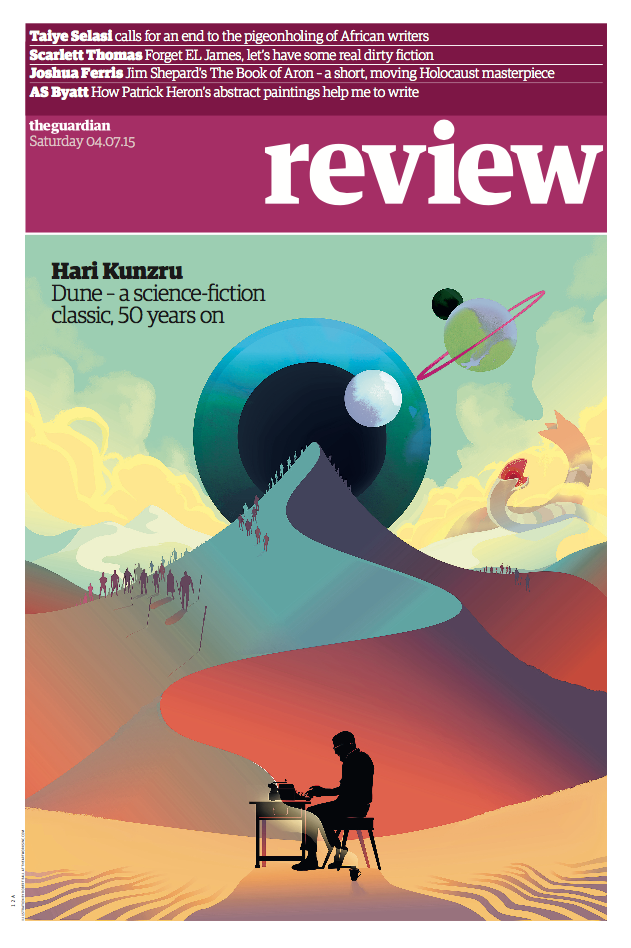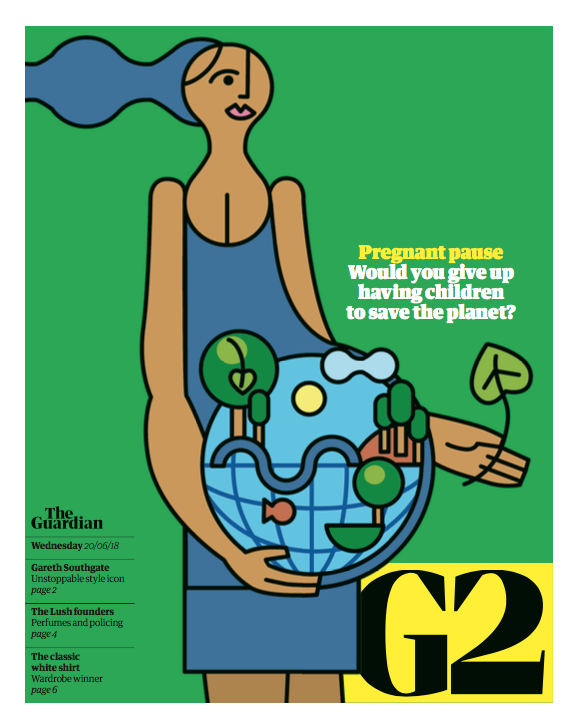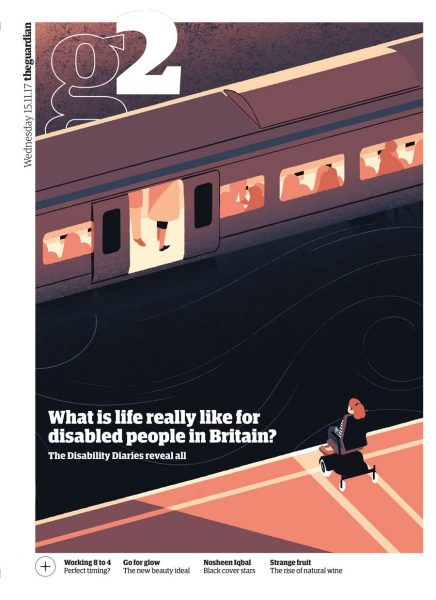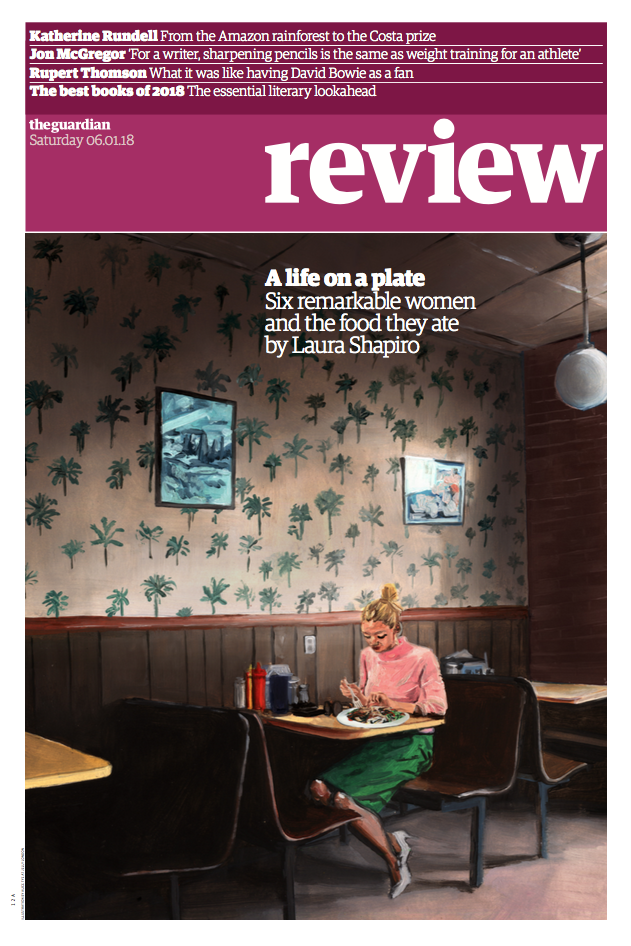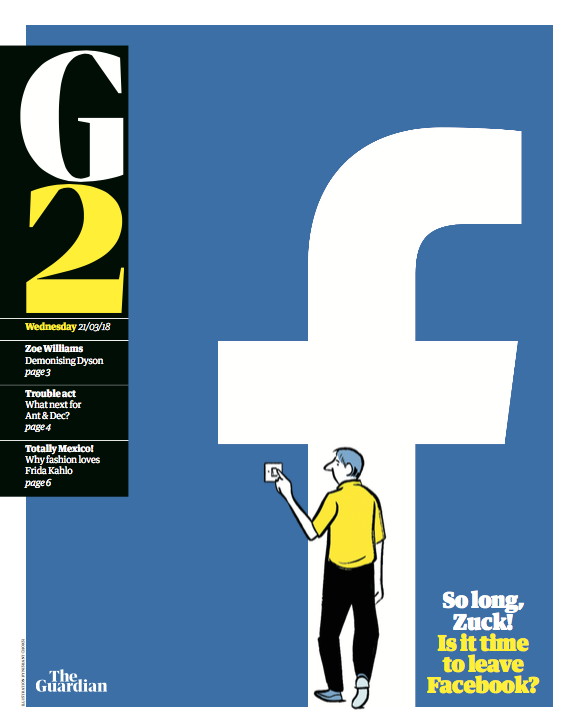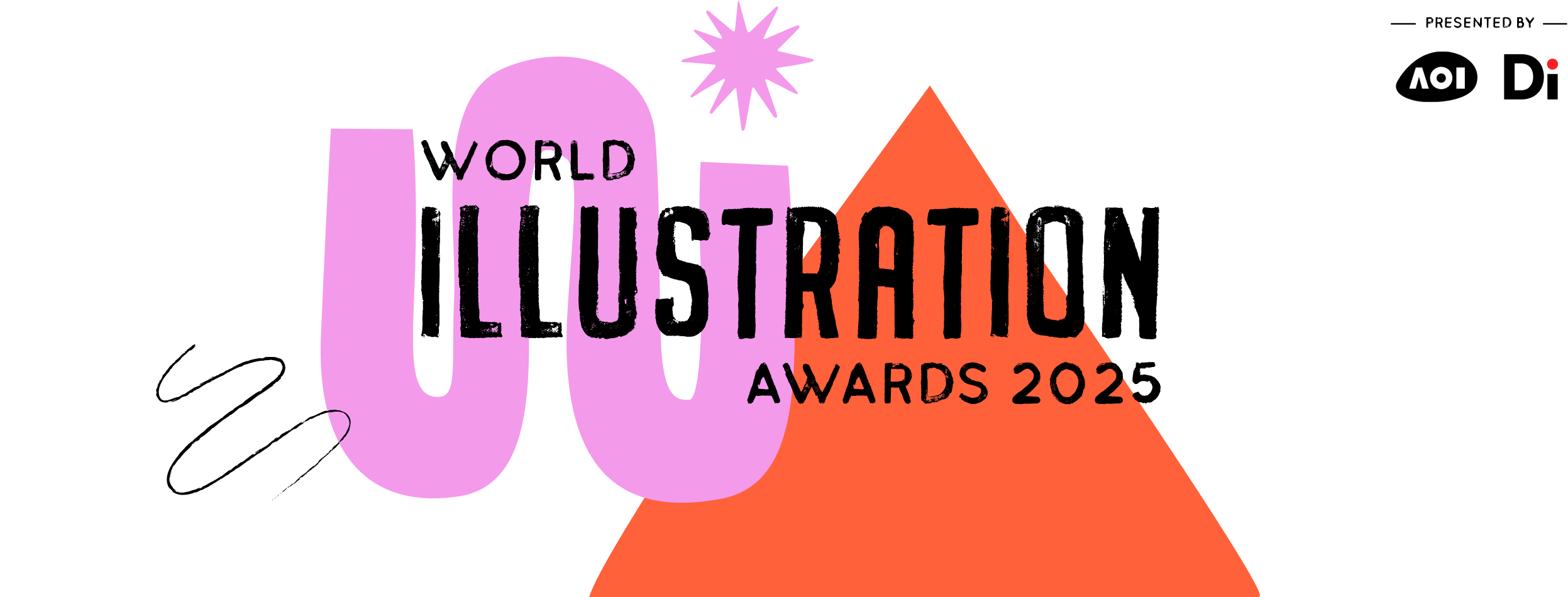
About THE
AWARDS
The World Illustration Awards is a global celebration of illustration.
The Association of Illustrators has run a juried illustration competition since 1976. The latest incarnation, the World Illustration Awards in partnership with the Directory of Illustration, has been going strong and growing since 2015.
WIA focuses on supporting and celebrating creativity internationally, by connecting illustrators with their peers and the global illustration industry.
The Awards are split into two groups: New Talent and Professional. All work, commissioned or self-initiated, is accepted across the ten categories as long as it has been created within the past year before the Call for Entries closes.
If you have any questions get in touch with the awards team
[email protected]
PRESENTED BY

The Association of Illustrators
The Association of Illustrators is the professional body for illustration in the UK. Established in 1973, the AOI champions illustrators and the illustration industry with education, promotion and campaigning to achieve a thriving industry for us all. Memberships are available for illustrators, agents and colleges with discounts available for students and represented artists.

Directory of Illustration
Workbook’s Directory of Illustration, the world’s leading illustration resource, is distributed free of charge to thousands of art commissioners who regularly hire freelance artists and animators. Advertising agencies, corporations and publishing companies depend on the searchable directoryofillustration.com website and annual printed Directory to find top talent for their campaigns and projects. In print, online and on social, we help artists successfully grow and sustain their professional careers.

